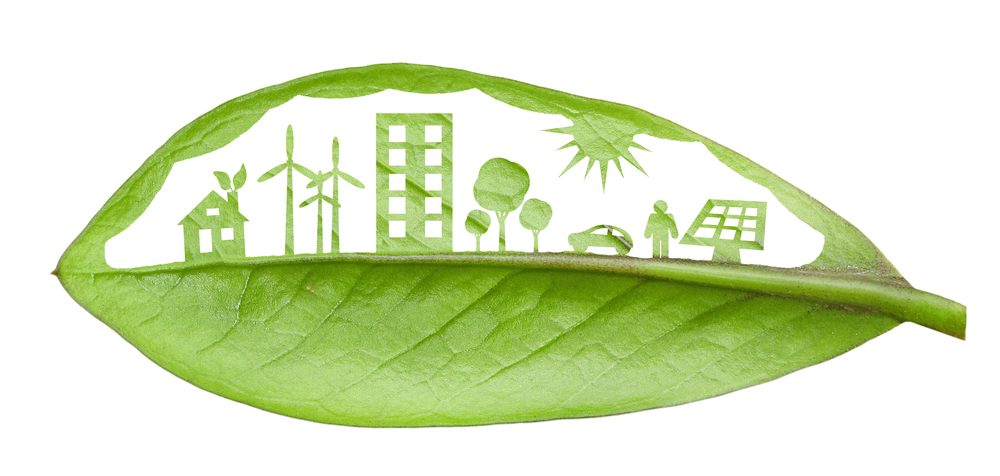
A team at the Technion Faculty of Materials Science and Engineering has developed a new technology for producing green hydrogen using renewable energy. This breakthrough should reduce the costs of production and accelerate the use of green hydrogen as a clean, sustainable alternative to fossil fuels.
Though the use of hydrogen as a clean fuel has great potential, the current method of producing hydrogen involves using natural gas (or coal) and the process emits large amounts of carbon dioxide into the atmosphere. The production of gray hydrogen – made from methane, or black hydrogen which is made from coal, is responsible for around 2.5% of the annual global carbon dioxide emissions into the atmosphere. This essentially cancels out its advantages as a green, sustainable alternative to fossil fuels.
Dr. Avner Rothschild’s group is building upon his previous technology called E-TAC. With E-TAC, hydrogen and the oxygen are produced at different stages of the process, thus eliminating the need for expensive membranes, gaskets, and sealing components to separate the cathodic and anodic compartments. The E-TAC technique, however, presents some operational challenges and is dependent on the rate and capacity limitations of its electrodes, such as chargeable batteries.
This new process has the hydrogen and oxygen being produced simultaneously in two separate cells. The team replaced the oxygen with a NaBr aqueous electrolyte. The bromide anions in the electrolyte are oxidized to bromate while producing hydrogen in a cathode, and they then flow with the aqueous electrolyte to a different cell, where they return to their original state, simultaneously producing oxygen, This creates a continuous process without any temperature changes. The team notes that the process has the ability to work at high electric current, meaning that hydrogen could potentially be produced at a high rate.
